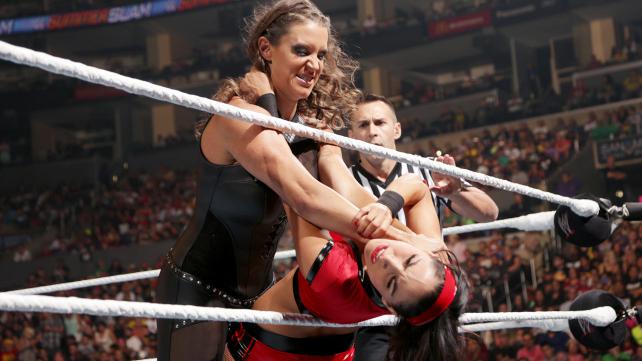One of my first big understandings of the wealth of culture I came from was a visit from Los Voladores de Papantla.
I had to have been about five or six years old and was with my grandfather, Papa Chava at a church bazar here in Los Angeles. We went to Cristo Rey in Atwater Village, so that is probably where the bazar was, my memory is foggy about that. It however, is definitely not foggy about La Danza de los Voladores. I remember being mesmerized by the smell of copal resin burning and by their seemingly effortless flying around the sacred tree trunk. I clutched my grandfather’s hand tightly, so scared I was that they would fall. He squeezed my hand gently, looked down on me and smiled. “Mira tu cultura Rechina”, he said (he never did get my American name right and called me Rechina which means squeak). “Nosostros somos indios Otomis, o Aztecas. De estos raices vienes.” That translates to, “We are the Otomi or Aztec people and from those roots is where you come from.”
My grandfather was from Guanajuato, Mexico as were my grandmother’s people. While her people had Spanish blood in them, red hair, freckles and light eyes; my grandfather was proudly indigenous. He never missed an opportunity to tell me that we were Azteca or Otomi.
While the danza de los Voladores is primarily performed by the Totonaca, and it is associated with them, it is thought to have originated with Otomi, the Huasteca and Nahua peoples. Its origins go back to pre-Columbian times, all the way to the pre-Classic period. It is thought that it was practiced from northern Mexico all the way into South America, as far as Nicaragua.
It is a sacred dance, and one of great sacrifice. There is a legend that says it began during a great drought when people were dying and thought the Gods had turned their backs on them because the people had neglected to honor them. In the story I know, told to me by my Papa Chava, a wise shaman prays hard to the Gods for an answer to the drought and their answer comes to him in a dream. He is to find five young men, unmarried and chaste. These young men must go into the mountains and find the tallest tree. When they find it, they must pray for permission to cut it down, then do so, strip it clean of bark, branches and leaves, then carry it down the mountain and back into the center of their village. Once they get it there, they must erect the trunk with prayer, song and the burning of the sacred resin copal. The Voladores back then went through meditation, and ritual preparation. They dressed as birds – macaws, eagles and quetzal to represent the Gods, especially Xipe Totec, the God of Spring.
After the sacred trunk is erected in the earth, the young men climb to the top and tie themselves to ropes. Some play flutes, again to represent the birds. Then, they fly. The voladores typically circle the pole thirteen times each (13 is a sacred number), which is 52, (another sacred number) the number of weeks on the Tonalamatl or Aztec Calendar. Every movement simulates flight, oneness with the universe and the sacred. Like the Aztec dances I know, each movement is a prayer to honor the Gods, the Earth and the sacred in all humans.
In Aztec times, a prince named Ezhuahuacatl, sacrificed himself to the Gods doing this dance during to save his people. He dove to his death from a pole of about 120 feet high. Modern day voladores have died or been seriously hurt in accidents. Because of deforestation of the Sierras, most modern day voladores now dance from metal poles which takes away some from the ritual of it being all tied to the earth, but no less magical to watch. Nor does it lessen the danger.
The Conquistadores wiped out most references to the ritual and it was in fact, banned for centuries though practiced in secret by a people determined to preserve their culture and rituals. They preserved it so well, the danza is now recognized as Intangible Cultural Heritage by UNESCO (2009).
Bananas Bananas are considered a complete meal on their own containing essential vitamins and minerals such as vitamin on line viagra unica-web.com D and calcium help maintain healthy bones and teeth.
For me, it is a connection to my heritage and culture. I eventually became a danzante (Aztec dancer) because of that one moment with my grandfather watching the voladores and though I don’t fly, each spin of a danza, especially the danza Xipe Totec, Tlaloc (the rain dance) or Aguila Blanca, takes me back to that moment and ties me to my past, my present and my future.
Here is the danza, Xipe Totec:
And this is Aguila Blanca as we dance it:
Tlaloc
